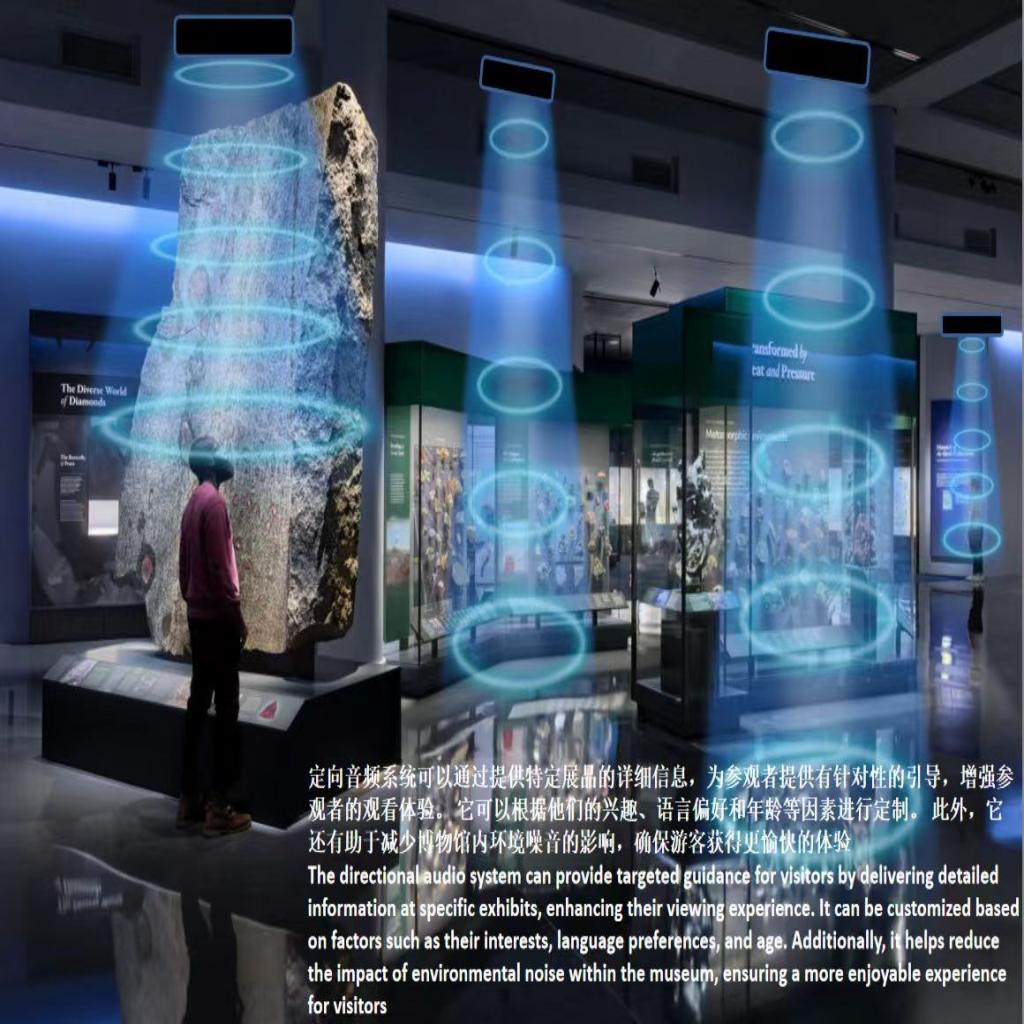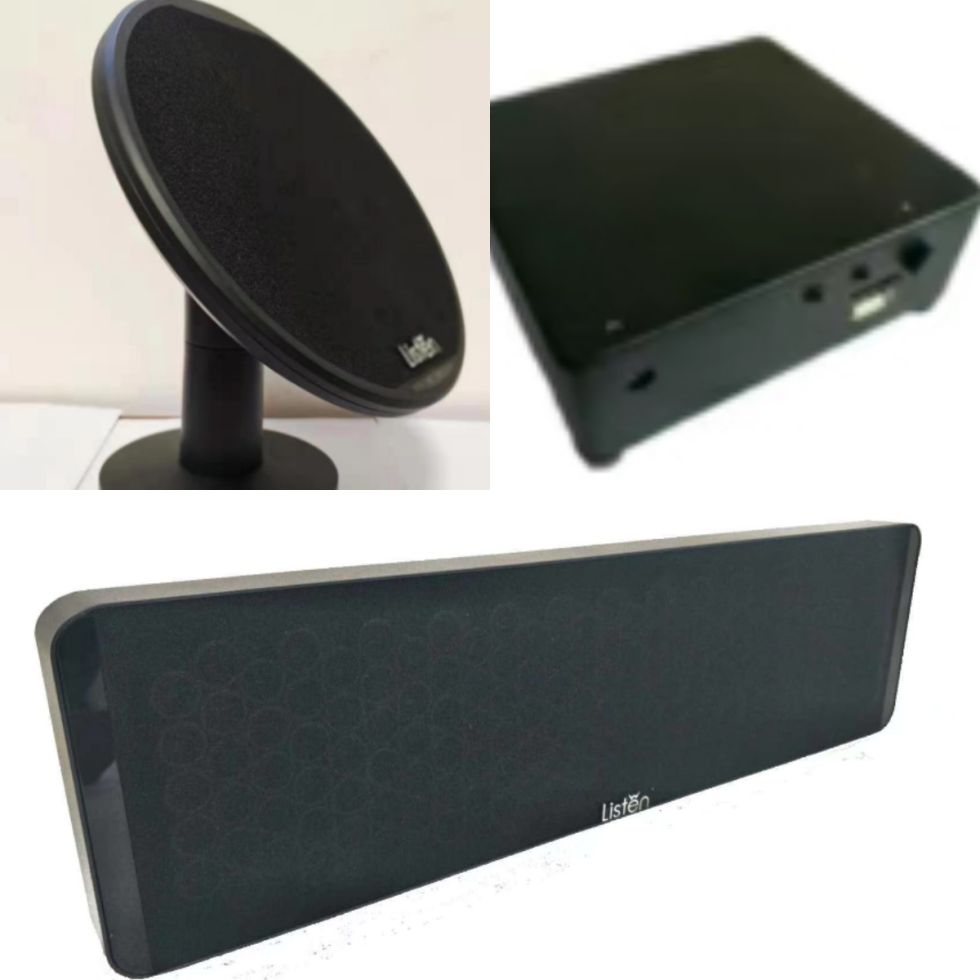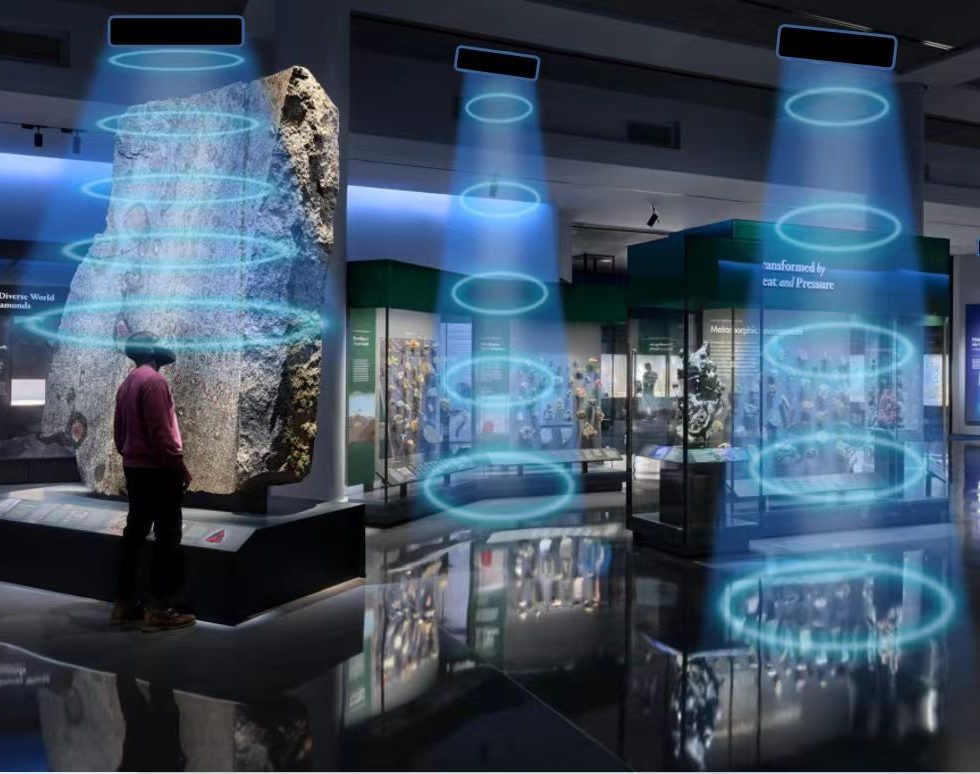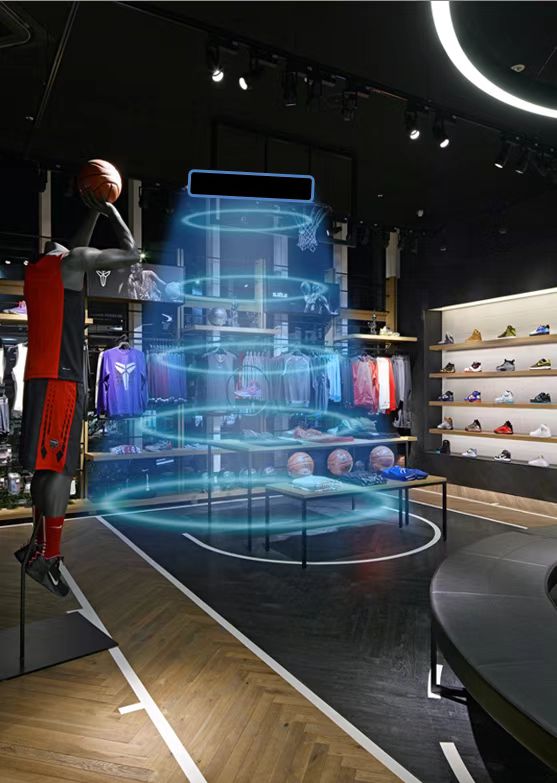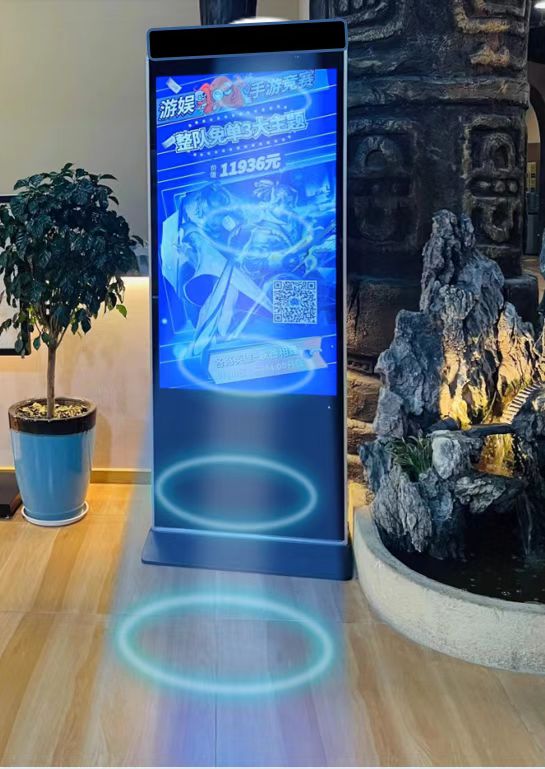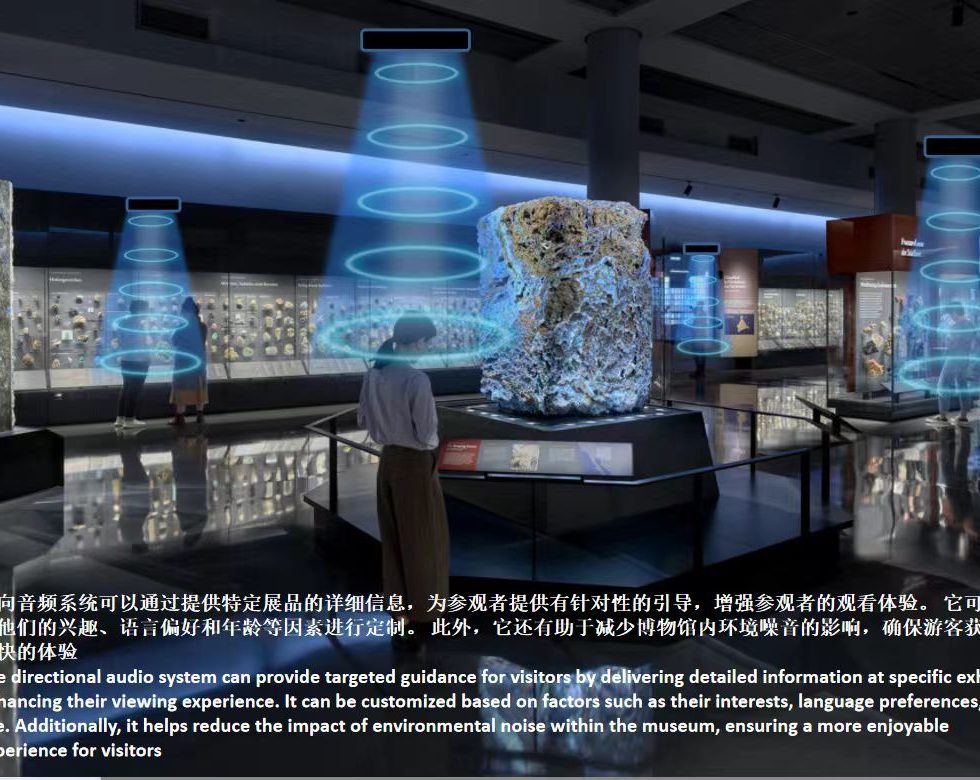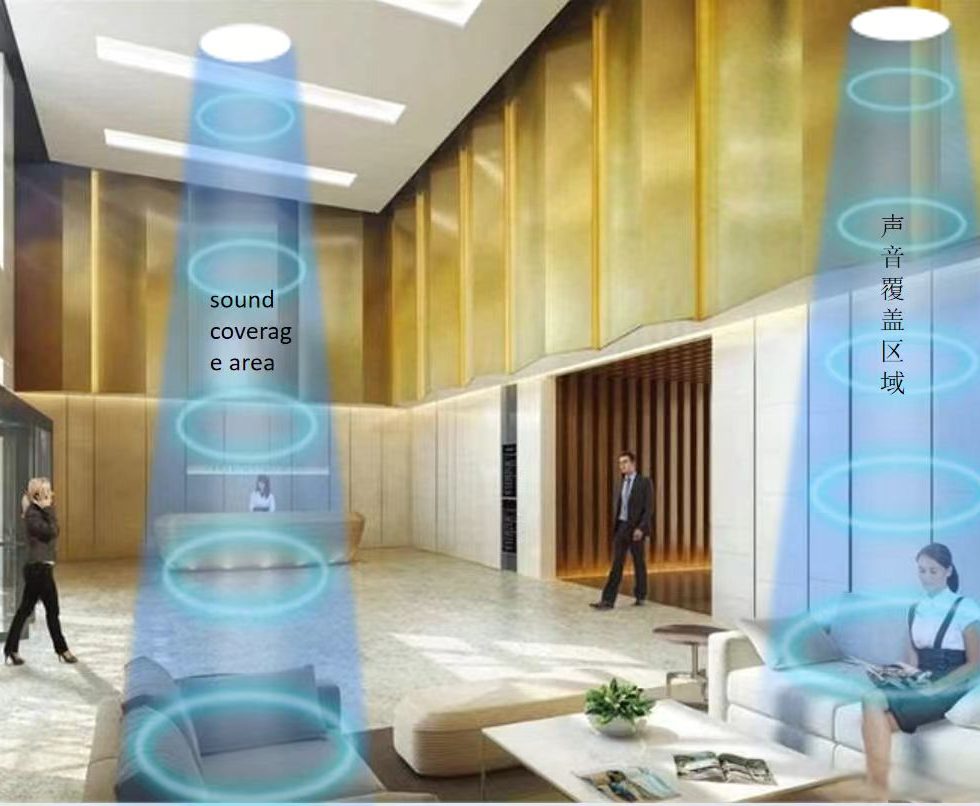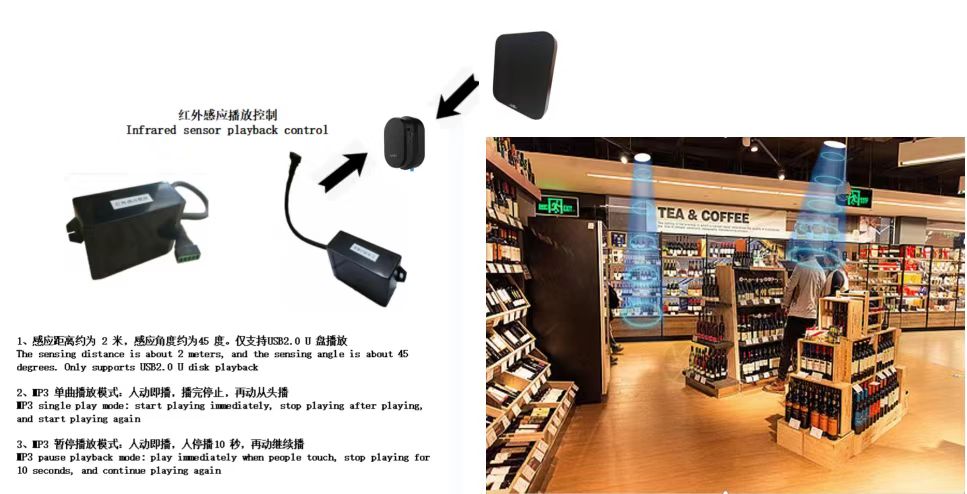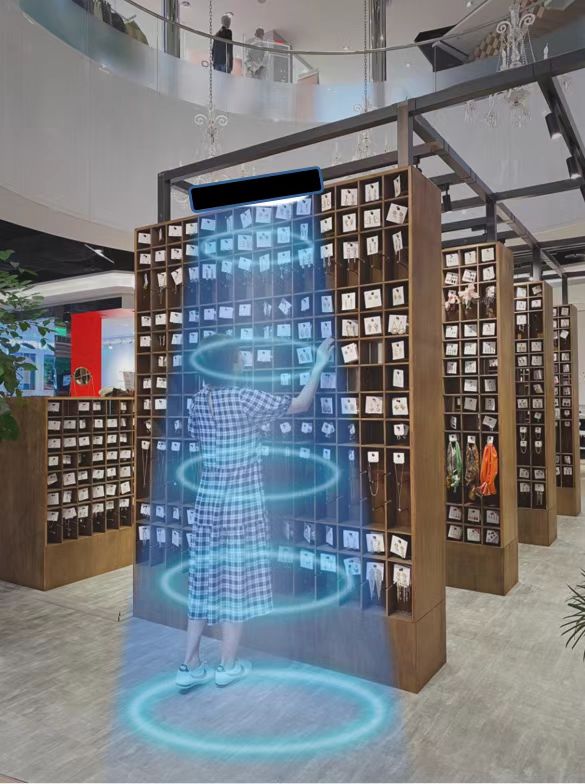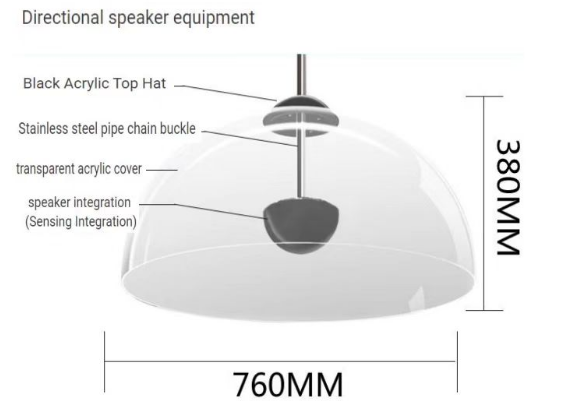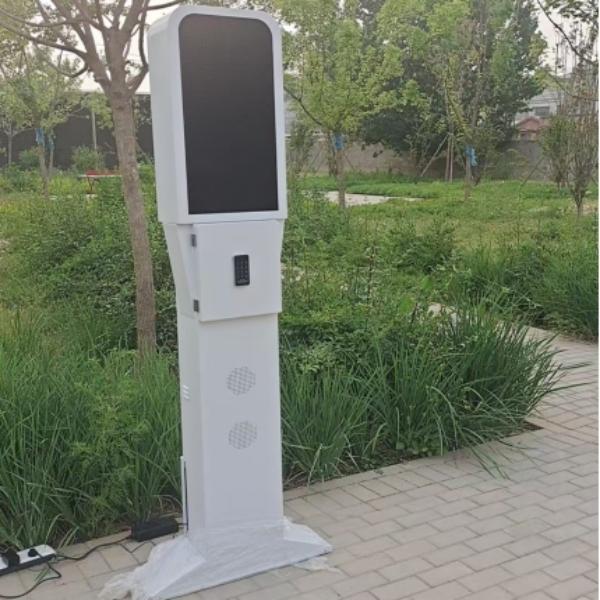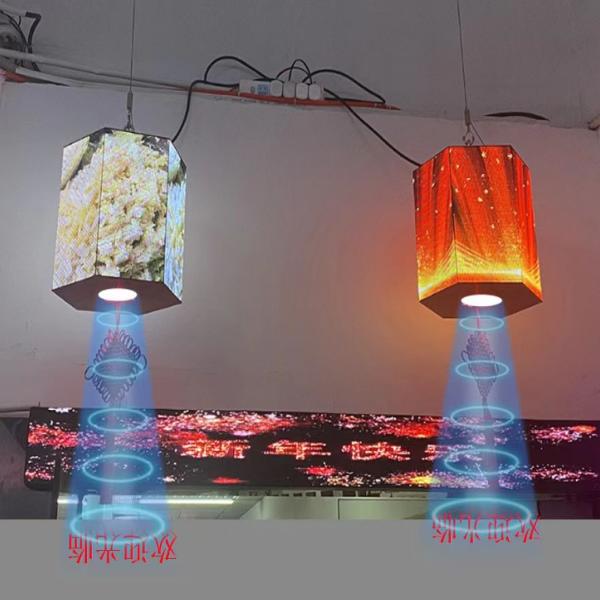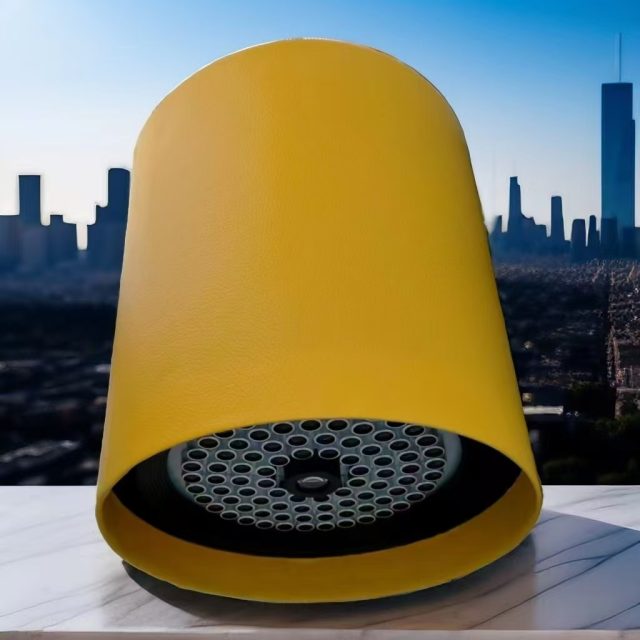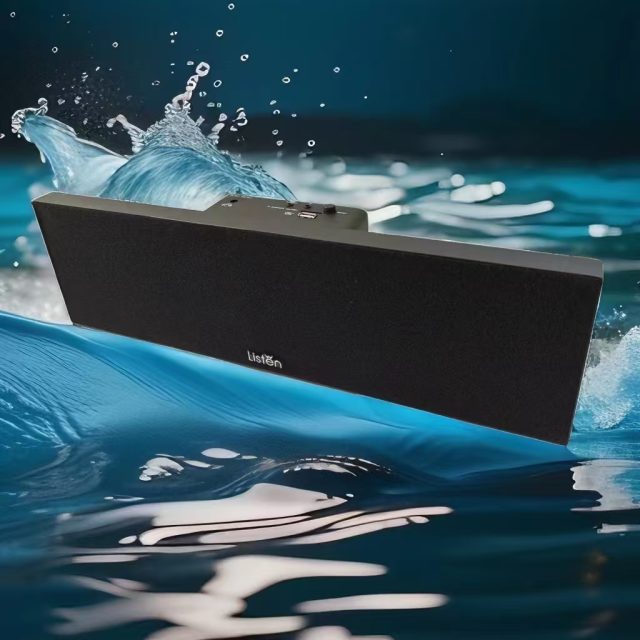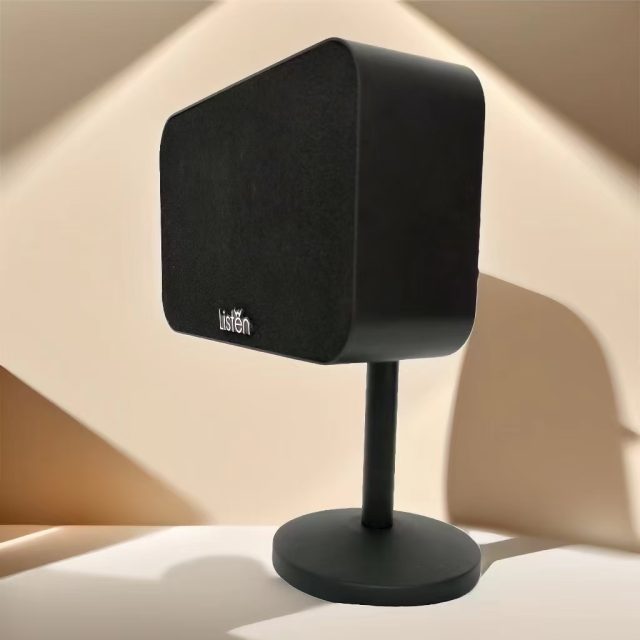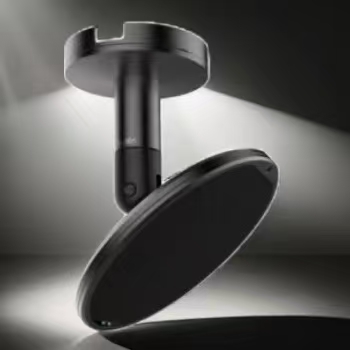The application of ultrasonic directional audio systems in museums offers several significant advantages, primarily due to the ability of ultrasonic sound to precisely focus and control audio, helping museums enhance the visitor experience in a unique and efficient way. Below are the main benefits of using ultrasonic directional audio systems in museum environments:
- Precise Sound Localization
- Directional Audio: Ultrasonic sound systems can emit very narrow and highly focused sound beams. This enables museums to transmit audio content (such as exhibition guides, explanations, or historical narratives) to specific locations or individuals without disturbing other visitors.
- Personalized Experience: Audio will only be heard by visitors who are in a specific area or close to a particular exhibit, providing a more personalized experience and reducing the need for sound to be broadcast widely as with traditional speakers.
- Reduced Noise Pollution
- Directional Audio: Due to the highly directional nature of ultrasonic sound, it helps avoid background noise or audio interference in other areas of the museum, which is especially important in environments that require quiet and focus.
- Reduced Sound Spillover: Unlike traditional speakers, ultrasonic systems can confine the sound to a specific area, reducing sound spillover and ensuring that visitors in other parts of the museum are not disturbed by the audio content.
- Enhanced Immersion and Interactivity
- Interactive Exhibits: Ultrasonic sound systems can trigger audio through sensors or when visitors approach, enhancing the effect of interactive exhibits. For example, as visitors approach a specific artifact or display, relevant audio or commentary can play automatically, enriching the educational experience.
- Creative Storytelling: Curators can use ultrasonic technology to create immersive audio experiences that complement visual displays. This may include surround sound effects or audio that can only be heard from certain angles, adding surprise and novelty to exhibitions.
- Energy Efficiency
- Lower Power Consumption: Ultrasonic directional speakers are generally more energy-efficient than traditional speakers, as they can transmit sound over long distances with minimal power. This is especially advantageous for large museums, particularly those with multiple exhibition areas.
- Reduced Operating Costs: By reducing energy consumption and the number of speakers required, museums can lower operational costs.
- Space Saving
- Discreet Integration: Ultrasonic directional audio systems are compact and can be integrated discreetly without the need for large, visible speakers or extensive wiring, helping maintain the aesthetic integrity of the museum space while providing enhanced audio experiences.
- Reduced Clutter: Since ultrasonic systems can focus sound over long distances without the need for multiple speaker units, museums can reduce equipment clutter and avoid the presence of unattractive speakers or audio devices in view.
- Customization and Flexibility
- Flexible Sound Zones: Ultrasonic sound systems can create multiple “sound zones” within the museum, allowing different audio content to play in different locations simultaneously. For example, one exhibition area might play a guided tour, while another plays environmental sound effects or live commentary, all without interfering with each other.
- Adaptive Content Delivery: The system can easily adapt to different exhibitions or events. Audio content can be remotely updated, ensuring that the museum experience remains dynamic and relevant.
- Improved Accessibility
- Audio Support for Hearing-Impaired Visitors: Ultrasonic directional audio systems can be used in conjunction with hearing aid technology to provide a more personalized audio experience for visitors with hearing impairments. Audio can be directed to hearing aid devices or special receivers, ensuring that all visitors can receive audio content clearly and without interference.
- Multilingual Options: For museums with multilingual visitors, ultrasonic sound can deliver audio content in multiple languages, directing each language option to specific areas or to visitors wearing personal receivers.
- Enhanced Security
- Sound Transmission Without Visual Distraction: Ultrasonic sound can be used to deliver important safety information or alerts in specific areas without disturbing or startling other visitors. For example, security personnel can communicate quietly with visitors in a certain area during an emergency using the directional audio system, ensuring clear instructions while maintaining a calm environment.
- Modern Appeal
- Cutting-Edge Technology: Using ultrasonic directional audio technology helps position the museum as a forward-thinking and tech-savvy venue, attracting modern visitors who appreciate innovative and high-tech experiences.
- Attracting New Audiences: Younger, tech-savvy visitors may particularly enjoy interactive exhibits enhanced by directional audio, as it offers a level of immersion and engagement not typically experienced in traditional museum environments.
